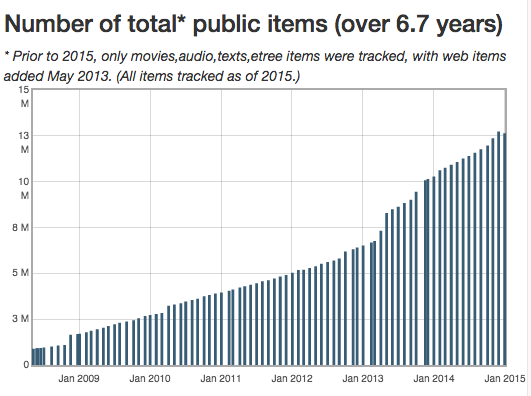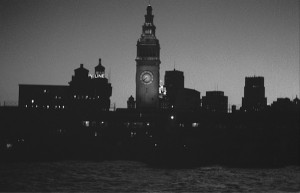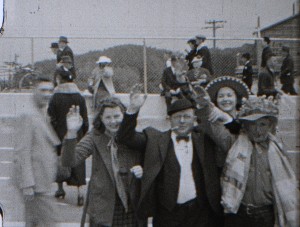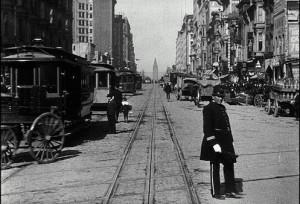The Internet Archive’s educational film collection is particularly rich in films from the 1960s and 1970s. As a result, events and movements of national and international important like the Vietnam War (Interviews with My Lai veterans (1970)) and the Civil Rights movement (Civil rights movement: the North (1966)) are well represented.
One of the more interesting and hard-to-find ones is surely Now is the Time (1967) featuring Ossie Davis and Ruby Dee (a couple in real life).
Davis and Dee participated in a variety of similarly themed film, including some in our collection like Harriet Tubman and the Underground Railroad (1964).
Produced for NBC’s local affiliate in Philadelphia and originally broadcast on December 13, 1967 (a few weeks before the passage of the Civil Rights Act and Martin Luther King Jr’s assassination), the tone of Now is the Time is that of reporting on history as it happens. Although it does not pretend to impartiality – the two hosts act as voices-of-conscience and often speak in the first person – it cover the decade’s events succinctly and accurately: a story of anger but also of a people of “remarkable strength.” Archival footage, interviews, songs and music compliments the evocative staged vignettes between Davis and Dee in the studio.
The film won a number of awards and was featured in a number of prominent publications about educational film, including Richard A. Maynard’s The celluloid curriculum: how to use movies in the classroom (1971, see page 29) and was even the subject of a recent Master’s thesis (JoyEllen Freeman, Portrayal of Power: Black Nationalism in the Documentary Now Is the Time, University of Georgia, 2011)
This a wonderful example of how programs on current affairs that by the 1960s had transitioned from the newsreel to the TV set, where often repurposed in the opposite direction; transferred on 16mm these “films” often had a second life in the educational and non-thetrical market. Indeed, it is striking to find a film as opinionated and potentially controversial as The Time is Now in the curriculum of public schools (in this case in the state of Pennsylvania). This is just another indication of how varied, transmedial and socioculturally rich the medium of the educational film was during its heyday.
Dimitrios Latsis
CLIR-Mellon Postdoctoral Fellow in Data Curation for the Visual Studies, The Internet Archive



 Rick Prelinger’s Lost Landscapes of San Francisco is a movie happening that brings old-time San Francisco footage and our community together in an interactive crowd-driven event. Showing in the majestic Internet Archive building, your ticket donation will benefit the Internet Archive, which suffered a
Rick Prelinger’s Lost Landscapes of San Francisco is a movie happening that brings old-time San Francisco footage and our community together in an interactive crowd-driven event. Showing in the majestic Internet Archive building, your ticket donation will benefit the Internet Archive, which suffered a 
 Lost Landscapes returns for its 8th year, bringing together both familiar and unseen archival film clips showing San Francisco as it was and is no more. Blanketing the 20th-century city from the Bay to Ocean Beach, this screening includes newly-discovered images of Playland and Sutro Baths; the waterfront; families living and playing in their neighborhoods; detail-rich streetscapes of the late 1960s; the 1968 San Francisco State strike; Army and family life in the Presidio; buses, planes, trolleys and trains; a selected reprise of greatest hits.
Lost Landscapes returns for its 8th year, bringing together both familiar and unseen archival film clips showing San Francisco as it was and is no more. Blanketing the 20th-century city from the Bay to Ocean Beach, this screening includes newly-discovered images of Playland and Sutro Baths; the waterfront; families living and playing in their neighborhoods; detail-rich streetscapes of the late 1960s; the 1968 San Francisco State strike; Army and family life in the Presidio; buses, planes, trolleys and trains; a selected reprise of greatest hits.